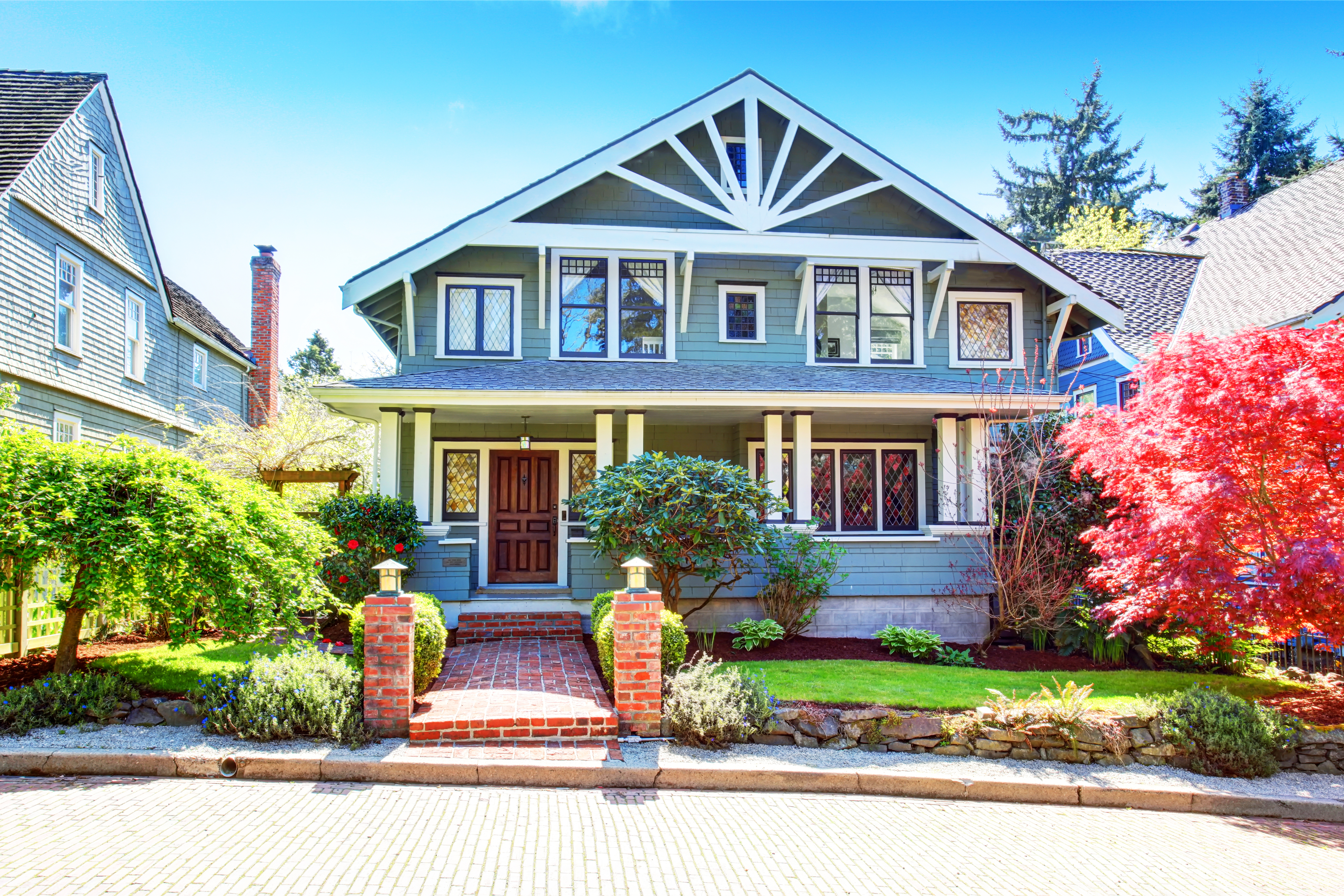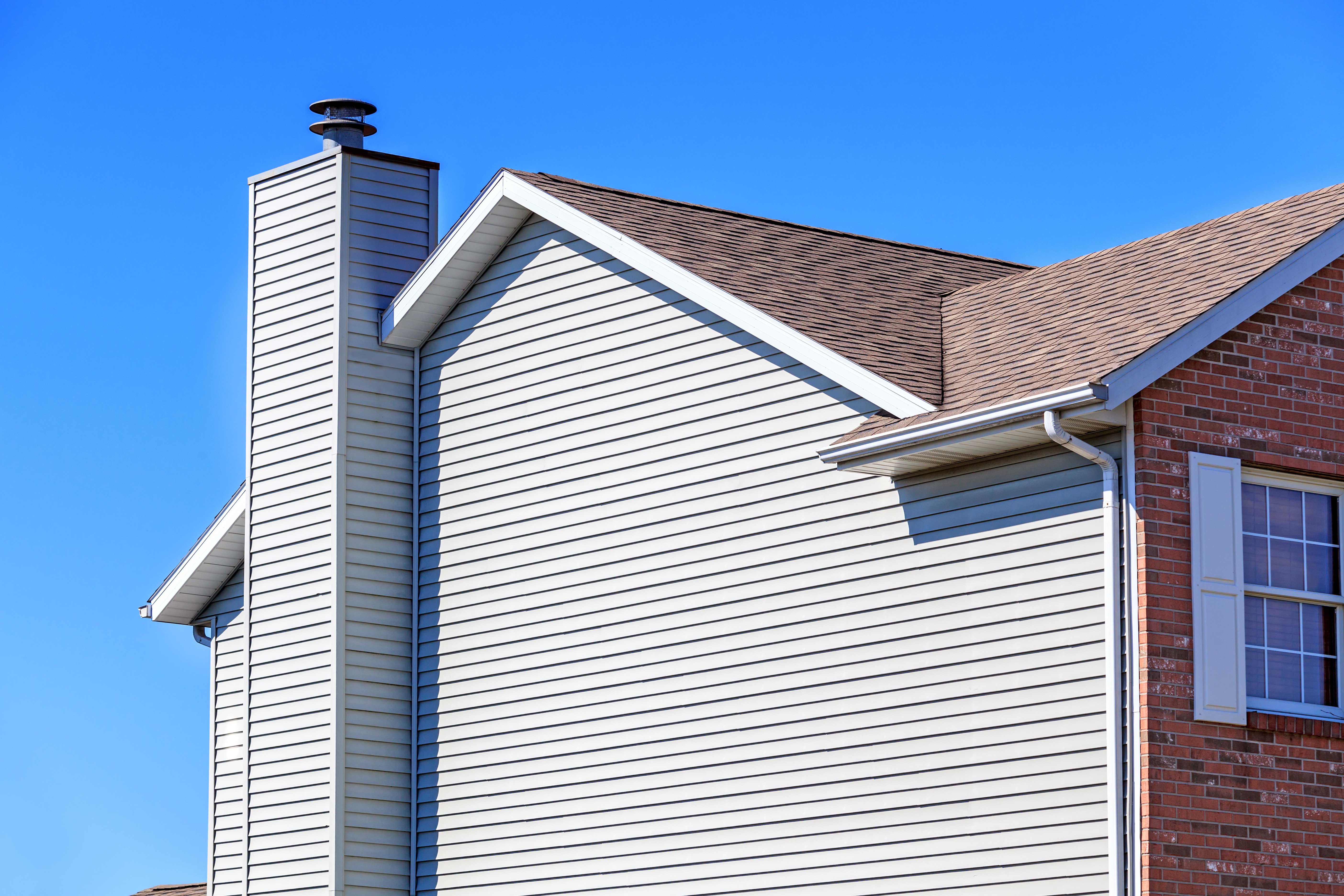
The cost of siding repair varies depending on material, design, and damage. This helpful guide covers the siding repair costs to expect in Columbus, Ohio.
Learn how to take proper care of your fiber cement siding to keep it looking its best for years to come


Fiber cement siding is durable and low-maintenance.
Proper upkeep will help fiber cement siding last long and look great.
Avoid harsh cleaners and pressure washing.
Keep landscaping and vegetation trimmed so water drains properly.
Consider hiring a professional to paint every 10 to 12 years.
Fiber cement siding offers a number of benefits for homeowners. It comes in a wide variety of colors and styles, so it’s easy to create a custom look, and it typically doesn’t need repainting as often as other types of siding. But perhaps the biggest appeal of this siding material is its durability: It stands up well to weather, impact, insects, and fire.
However, just because it’s strong doesn’t mean it’s completely indestructible or zero-care. You’ll need to follow the recommended cleaning and maintenance schedule to keep your home’s fiber cement siding looking sharp and lasting a long time.
Keep your fiber cement siding looking its best and free of stains from substances like oil, dirt, and debris by washing it regularly. Once a year should be enough, although you might need to clean it slightly more often depending on your climate and whether you’ve experienced any severe weather.
Ideally, you’ll follow the siding manufacturer’s care instructions if they’re available to you.
Overall, the best practice is to go easy and use manual tools in order to avoid damaging your siding. Skip the high-pressure washers and harsh cleaning substances. Instead, stick with a regular garden hose and a soft-bristled brush or cloth.
To clean mold and mildew from your fiber cement siding, use a product specifically made for fiber cement siding. Scrub with a light touch and make sure you’re wearing proper safety gear.
How often: Once a year
Moisture poses a risk of damage to your fiber cement siding. One of the best things you can do to keep the moisture out and your siding healthy is to install and properly maintain downspouts and gutters on your home.
Start with a thorough visual inspection every few months and after any significant wind or rain. Look for accumulated leaves, twigs, and other debris, as well as signs of damage such as rust or peeling. Also, make sure that the point of connection between your gutters and your home is tight and secured.
Make any necessary repairs and then remove the accumulated debris from your gutters to prevent rainwater from pooling up and damaging your siding. Two good times to do this job are early winter and mid-spring when weather and seasonal events cause a build-up of leaves and other plant materials.
How often: Twice a year

Thick shrubs and other vegetation too close to your siding can interfere with your home’s drainage system, resulting in moisture accumulation and possible water damage. As a general rule of thumb, plants should be trimmed back to at least six inches from the exterior of your house so that your gutters, downspouts, and drainage slopes can properly direct rainwater away from your home.
How often: Once a year
You might be sensing a “moisture is not your fiber cement siding’s friend” theme developing, and you’d be absolutely correct. Normally, fiber cement is pretty resistant to leaks and condensation. However, if you don’t stay on top of maintenance, it can absorb moisture, which could lead to mold, warping, and rot—in both the siding and the house wrap underneath.
Your siding contractor will have used waterproof silicone caulk during the initial installation, especially around vulnerable parts of your home, such as windows, door openings, and frames.
Make it an annual habit to visually inspect your caulking for any cracks or gaps that need to be filled and fixed. You only need a little bit of silicone caulk to do the job, and it’s relatively simple to do the caulking yourself.
How often: Once a year
Fiber cement siding doesn’t need to be repainted as often as wood or other siding materials. But over time, the elements will take a toll on its paint job, so you’ll need to repaint (or have it repainted) periodically. Any small areas that look faded, chipped, or worn can be touched up between repainting jobs.
You can usually buy yourself at least a decade before you need to repaint if you choose pre-painted siding boards to begin with. They often come with a guarantee against peeling or chipping paint for up to 15 years. Choosing primed fiber cement means you can have it painted any color you like, but you may have to repaint it sooner. Of course, your climate plays a big role in how quickly your fiber cement’s paint job will start to fade.
How often: Every 10 to 12 years
Although you should hire a professional for the installation of fiber cement siding, you can DIY most of the regular maintenance tasks. However, repainting your entire home’s exterior is a significant job requiring hours of effort. Many homeowners prefer to leave that task to the painting professionals.
From average costs to expert advice, get all the answers you need to get your job done.

The cost of siding repair varies depending on material, design, and damage. This helpful guide covers the siding repair costs to expect in Columbus, Ohio.

In addition to protecting against extreme Midwest temperatures, new siding in Columbus adds curb appeal. Learn about siding replacement cost in Columbus.

New vinyl siding adds value and curb appeal to homes in Columbus, Ohio. Learn about average vinyl siding installation costs in Columbus, Ohio.

Determining how much EIFS costs per square foot is the key to predicting your bottom line when replacing or installing this long-lasting home cladding option.

Exterior Insulation and Finish Systems, or EIFS, is an exterior finish that protects and beautifies your home. Learn how to install EIFS in five steps.

Clapboard siding is classic, reliable, and hardy, but these wooden boards can get damaged in poor conditions. Here’s how to do a DIY repair for clapboard siding.